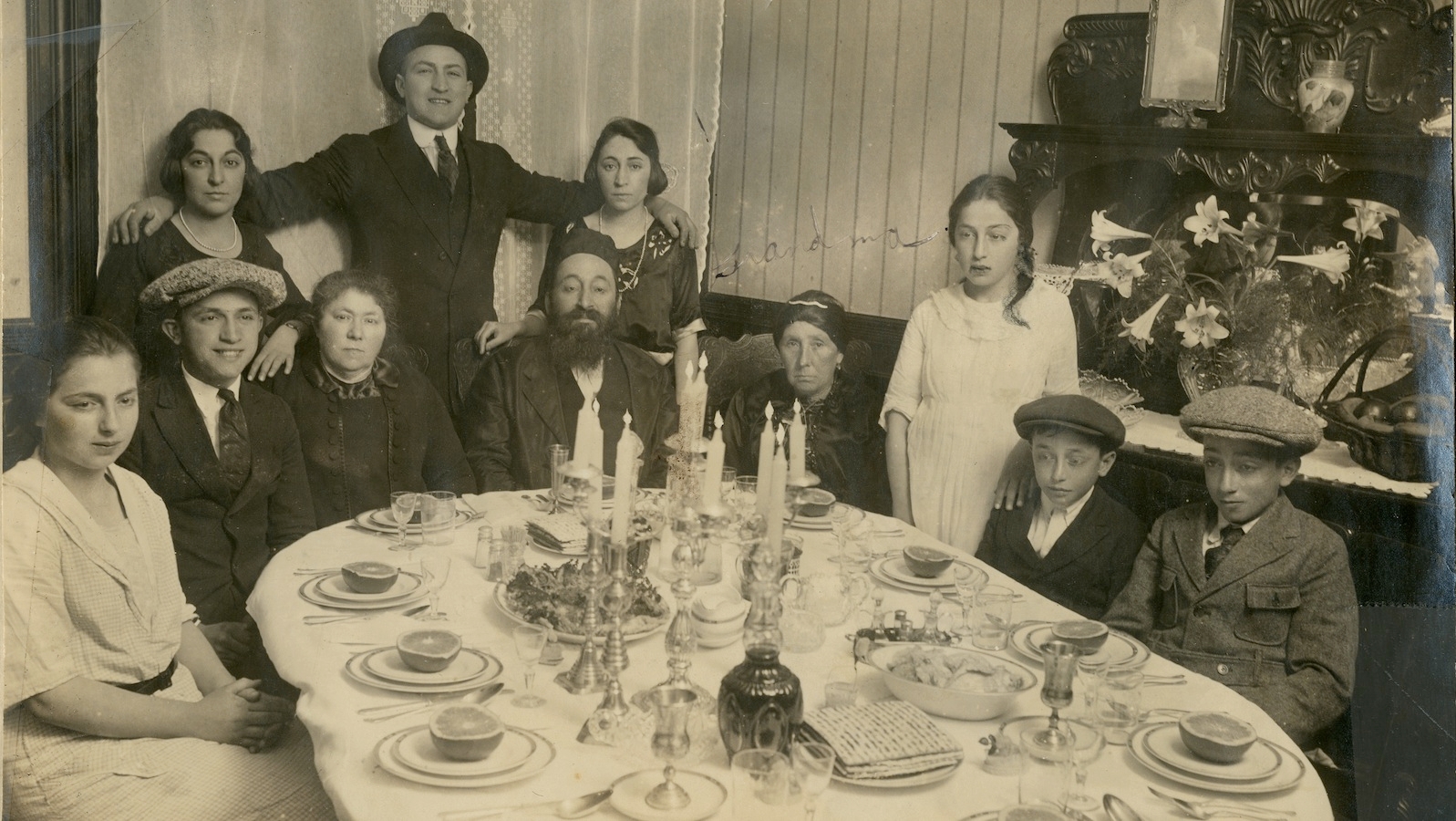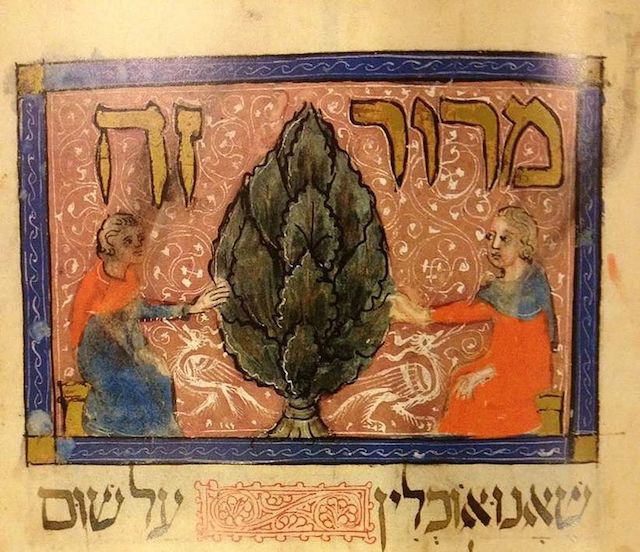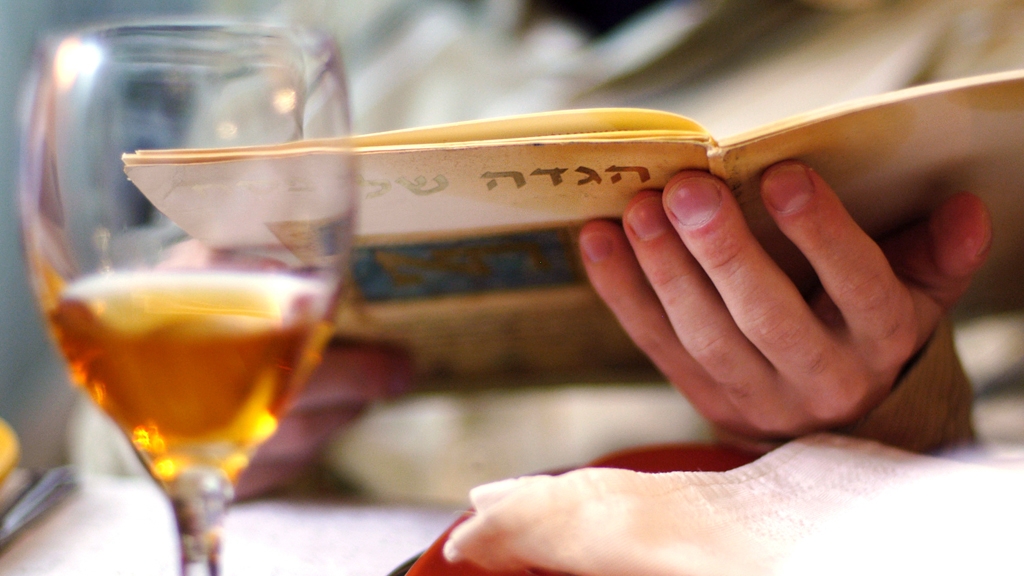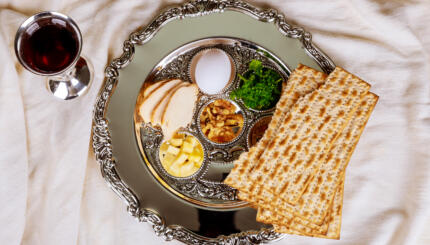The Passover (literally, “order”) is probably the most celebrated and beloved of Jewish home rituals. Many Jews have cherished memories of past family times spent at a seder. It is believed that the obligation to tell the story of the Exodus was observed by Jews ever since the actual Exodus itself. The scriptural command (Exodus 13:8) to tell the story of the Exodus to our children is interpreted as a positive commandment (mitzvah).
The Purpose of the Seder
One of the four names for Passover — and sometimes the aspect most emphasized — is Hag ha-Herut (The Holiday of Freedom). Freedom is one of the primary themes of the seder. The seder permits Jews to worship God through prayer, study, and learning by taking part in what is essentially a lesson of Jewish history, literature, and religion. Participation in the seder lets one symbolically and vicariously relive the Exodus.
READ: Must-Know Words and Terms for Passover
There are some essential elements to the seder that underlie the retelling of the Exodus. The three fundamental patterns of the seder are the family, the individual, and the nation. As a home event involving the full family as well as guests, the seder draws together all age groups. It requires the participation of the old and the young. On the individual level, the seder requires every participant to feel as though he or she personally left Egypt. The national pattern of the seder symbolizes the first step toward the final redemption from slavery and the formation of the Jewish nation.

Help us keep Jewish knowledge accessible to millions of people around the world.
Your donation to My Jewish Learning fuels endless journeys of Jewish discovery. With your help, My Jewish Learning can continue to provide nonstop opportunities for learning, connection and growth.

The Haggadah
Thescript for this central ritual of Passover is the Haggadah (literally, “telling”). It contains questions and answers, stories, show and tell, song, food as reward and symbol, pathos, and suspense. The creation of this script took place over hundreds of years at the beginning of the Common Era. There is evidence that parts of the seder were in a fixed format by the time of the Mishnah (second to third century CE). Midrashim were added and the current traditional version was fixed soon after.
READ: How to Choose a Passover Haggadah
Because every generation has managed to find its own significance in this wonderful teaching tool, there is now a plethora of Haggadahs with added stories, songs, games, and pictures, to suit every political, spiritual, and religious point of view. You can now find liberal, mystical, feminist, ecological, children’s, and even atheist Haggadahs. In order to tell the story, Jews have created an ingenious work of pedagogy.

The seder takes place following the Passover evening synagogue service on the first two nights of Passover (or just the first night in Israel and among some liberal Jews worldwide). The seder is supposed to take place with everyone in a reclining position. This is because slaves ate hurriedly; the affluent and free were able to recline on cushions. On erev Pesach (Passover eve), rich and poor are indistinguishable and all are free and thus privileged to recline. Many families have the tradition of placing pillows on each chair or at least having the seder leader follow this practice of reclining. It is also customary for the chief celebrant to wear a white robe called a kittel.
The Seder Plate and Its Symbolism
There are a number of symbols that occur throughout the seder, but perhaps the focal point of the whole event is the seder plate. It contains a roasted shankbone, symbolizing the Pesach sacrifice in the Temple, a roasted egg symbolizing either the spring season or mourning (for the destruction of Jerusalem), maror (bitter herbs) to represent the bitter experience of the Hebrew slaves, haroset (a mixture of apples, nuts, raisins, spices, wine) symbolizing the mortar the Hebrew slaves used to build for the Egyptians, and karpas (parsley, celery, or another green vegetable) symbolizing the green of spring. The table must also have three pieces of matzah, sometimes held in a special pouch.
READ: How to Prepare the Seder Plate
The seder service has a clear order, with each of 14 steps representing a different phase of the seder. Together, they serve to teach the lesson of the Exodus, God’s saving the Jewish people from slavery. Much of the seder discussion focuses on God’s might and the Divine role in redemption.
Four Cups, Four Questions, Four Sons
There are many instances of the number four throughout the Seder: four cups of wine are drunk, four types of sons are discussed, four names for the Passover holiday, four blessings, four types of food on the seder plate. The most well-known example is the Arba Kushiyot, or four questions. These questions, usually recited by the youngest person at the table, are meant to highlight the main differences between this meal and all other meals of the year. They are also a way of keeping young people interested and involved in the events of the seder. They include queries about why we recline, why we dip food, and why we eat certain types of food.
Another special part of the seder is the extra cup of wine left on the table for Elijah. The suspense and excitement engendered by sending a child to open the door for the prophet who will be a harbinger of messianic times is almost electric. The chanting of the song Dayenu (“it would have been enough”), a joyous recognition of God’s numerous gifts to us in the course of the Exodus, is another highlight.
Read more about Passover from our partner sites:
Hey Alma’s Guide To the 18 Best Passover Episodes on TV
How to Have a Meaningful Sober Passover
My Family’s Large and Joyous Seder Tradition All Began With Pogroms in Europe
How to Keep Kids Entertained During the Passover Seder
Ten Haroset Recipes From Around the World
Prep for Passover like a pro with this special email series. Click here to sign up and you’ll receive a series of helpful, informative, and beautiful emails that will help you get the most out of the holiday.


